
Grand Cayman, Cayman Brac, and Little Cayman make up the Cayman Islands. The small flat islands are the coral-encrusted tops of a mountain range. Around them, underwater slopes descend to the Cayman Trough, the deepest water in the Caribbean. Many visitors frequent the islands for diving as the islands are known as the Underwater Capital of the Caribbean. While the Cayman Islands name comes from the Carib word for crocodiles, there are no longer any crocodiles roaming around; however, the islands are home to a number of sea turtles, stingrays, and other aquatic wildlife.


English is the official language and the main spoken language, heard in a variety of dialects. Spanish is frequently a second language.

US dollar (US$), Euro (€), Eastern Caribbean dollar (EC$); US dollars are often accepted in lieu of local currency (and in some cases are the local currency). The US dollar is accepted almost everywhere, so it’s not necessary to have local currency before you arrive. Carry smaller denominations to pay for taxis, street snacks or tips.

Nationals of United States of America, Canada, the United Kingdom and most countries within the British Commonwealth do not require visas to enter the Cayman Islands. You will be required to show your return or ongoing ticket upon arrival in the Cayman Islands.

The Cayman Islands is a well developed country that has two reliable cell phone network providers: Digicel and LIME. If you want to use your phone while on the island call your provider so that they can turn on international roaming for you and your phone should work while you’re on Grand Cayman Island. You may struggle finding proper wifi around the islands as the nation is still implementing its first public wifi hot spots on the island of Grand Cayman.

Restaurants vary in the region although 15% is average. Watch for service charges added to bills. Taxis Not usually tipped.

ATMs are generally common on all but small islands (and increasingly available in Cuba). Many give out US dollars in addition to the local currency. Credit cards are widely accepted but watch for surcharges.

You don’t need a power plug adapter on the Cayman Islands when living in the United States of America. On the Cayman Islands, the power plugs and sockets are of type A and B. The standard voltage is 120 V and the standard frequency is 60 Hz.

The best time to visit the Cayman Islands is between March and June when the hotel rates drop. The islands are warm year-round with average highs holding steady in the 80s.
The best way to get around the Cayman Islands is by car. Rental agencies are located right across the street from the Owen Roberts International Airport (GCM) on Grand Cayman, and taxis are available at the airport’s arrivals area. Fares from the airport to your hotel can vary widely based on your accommodation’s location; expect to pay at least $20 one-way.
Taxis are available at Owen Roberts International Airport on Grand Cayman. This information is available from the taxi dispatcher at the curb. During your stay, taxis are also readily available from all Cayman Islands resorts and from the taxi stand at the ship dock in George Town if you take a Cayman Island cruise.
There are several public buses that run throughout the different districts. The bus terminal is on Edward Street, adjacent to the Public Library, in George Town. Daily services commence around 6 am and fares start at CI $1.50. Licensed buses have blue number plates and accept both US and Cayman Islands dollars. There are a few bus stops around the island, but buses can be flagged down from the side of the road.
All three islands have their own airports with regular flights, but these can get expensive if you plan on hopping islands more than once. Flights to Cayman Brac land at Charles Kirkconnell International Airport (CYB), and flights to Little Cayman land at Edward Bodden Airfield (LYB). Both airports also fly to some other Caribbean islands, including Jamaica and the Bahamas.
Renting a car during your stay in the Cayman Islands provides the most flexibility when it comes to transportation. Visitors can get a temporary divers license at any rental car counter or at the police station. Visitors applying for a temporary driver’s license in the Cayman Islands for the purposes of renting a car must be 21 years of age.
Rental bikes are second in popularity to rental cars, especially on the smaller of the three Cayman Islands, where there is no public transportation system. You’ll find that many of the area hotels have bicycles available to rent; you can also find bike rentals near some of the larger attractions, such as Seven Mile Beach.
To get to either Cayman Brac or Little Cayman, private boat operators are available from Grand Cayman. Chartering a boat can get expensive, so it’s best to plan your island-hopping itinerary strategically. To plan a day trip, make reservations through your hotel concierge or the local marina.
Traditional cuisine in the Cayman Islands has strong links to Jamaica, a nation that colonized the islands before the British. As the Caymans have been a British dependency since 1962, there are also British influences in the islands’ cooking. The chief ingredients are coconut, plantain, cassava, yams, rice, and peas. The spices are heavily influenced by Jamaica, and the soil is hospitable to fruits and vegetables like yellow squash, avocados, callaloo, cassava, calabash, pineapples, peppers, bananas, limes, lemons, mangoes, and grapefruit.
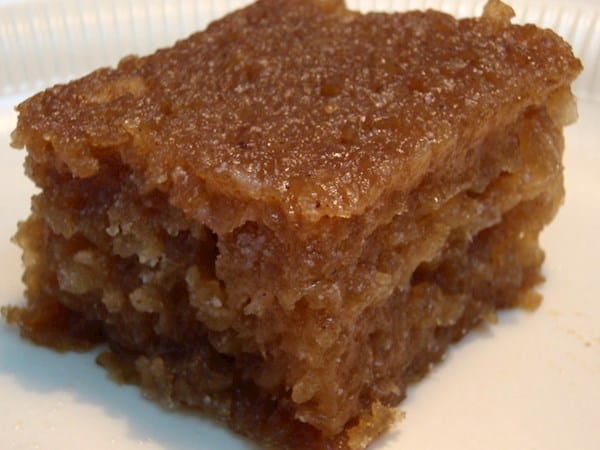
Accommodation options in Cayman generally fall into three categories: Large resorts, condominiums and villas, and guest houses/boutique hotels. Major resorts along Seven Mile Beach include the Ritz-Carlton, the Marriott Beach Resort, Westin Beach Resort, Kimpton Seafire, Sunshine Suites, Comfort Suites and the Margaritaville Resort. The Wyndham Reef Resort and Morritt’s Tortuga are located at the eastern end of Grand Cayman. There are numerous condominium complexes where units can be rented along Seven Mile Beach as well as along South Sound and in the Eastern Districts. Condo complexes are usually set in well-tended gardens with swimming pools and often tennis courts and gyms. Private villas can also be rented in various locations throughout the islands. There is a handful of intimate guest houses/bed and breakfasts and boutique-style hotels for those who prefer a more personal touch. Little Cayman and Cayman Brac also have some interesting options for accommodation. Camping is another option if you are on a budget and want to wake up to the sounds of the waves at your doorstep.


Seven Mile Beach is a long crescent of coral-sand beach on the western end of Grand Cayman island. Seven Mile Beach is known for its beauty, recently receiving the honor of “The Caribbean’s Best Beach” from Caribbean Travel and Life Magazine.
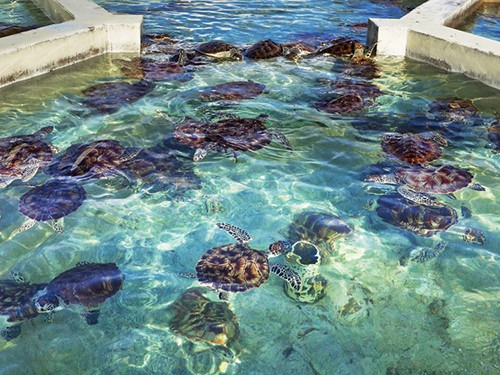
Cayman’s largest land-based tourist attraction, Cayman Turtle Center: Island Wildlife Encounter hosts more than 200,000 visitors each year. Educational, cultural and entertainment programs are consistently being created and updated to enhance the experience that can only be found at the island’s world-renowned attraction.
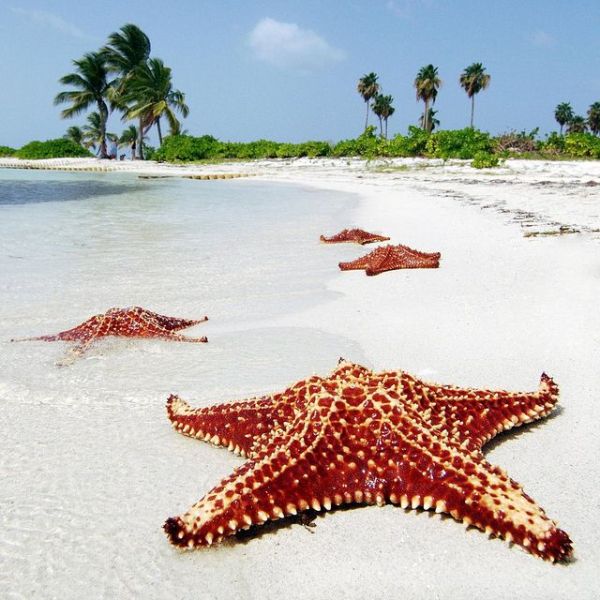
Situated on the north side of Grand Cayman, Starfish Point is paradise personified. Speckled with sea stars this beautiful stretch of beach is breathtakingly beautiful and perfect for snorkeling as it is surrounded by crystal clear water on all sides.
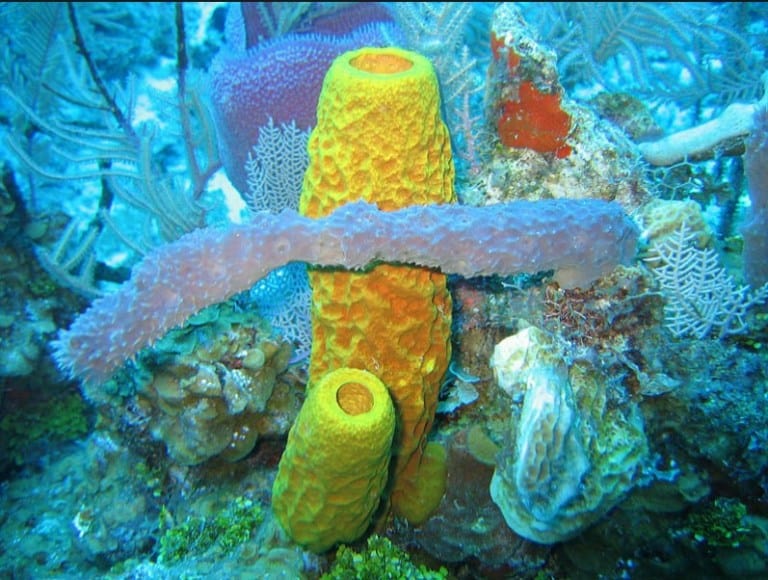
Bloody Bay
Little Cayman has a population of less than 170, and nearly everyone who lives there is associated with diving in one way or another, and even among these connoisseurs, Bloody Bay is the island’s most wondrous dive. Supposedly named for numerous pirate battles, the bay is best known for the incredible underwater drop not far from shore: a nearly vertical wall of coral 300 meters down. While this impressive expanse would be enough to attract divers from around the world, the coral here doubles down on the natural wonder with its natural bioluminescence.

Wreck of the Ten Sail
A massive maritime collision may have led to the myth of a resort island’s strange financial status. The heroism of the Caymanians in rescuing the English sailors and passengers fueled a legend that lingers to this day. The story goes that one of the passengers rescued from the wrecked ships was a son of King George III. When the King learned of the island residents’ bravery, he decided to reward them by decreeing that the Cayman Islands would forever be free of taxation and war conscription. However, there is no record that any member of the royal family was on one of the ships or that the King ever issued such a decree. Yet the legend is commonly repeated to explain the islan
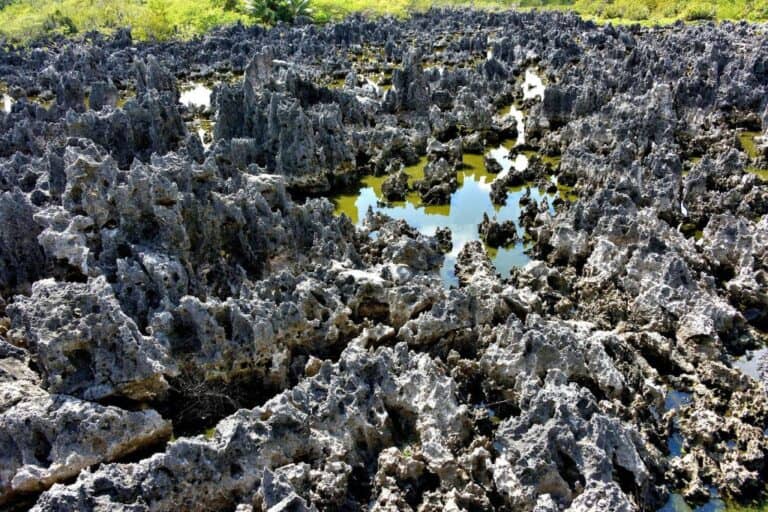
Hell
Poking out from its lush surroundings on Grand Cayman is a small patch no bigger than a soccer field of rough, black limestone formations referred to as Hell. Hell was created by salt and lime deposits over 24 million years, and the legend of its name’s origin is controversial. Some say locals believed the place was similar to Hell’s landscape. Others assert that British general hunting in the area exclaimed “Oh hell,” when he missed a shot near the area.
Accommodation:
Hotel or Hostel (single): $76
Double-occupancy room: $150
Food
Meals for one day: $20
All you can eat BBQ: $18
Transportation
Taxis, local buses, train: $11
Intercity: $17
Bus ride: $2.58
Taxi from airport: $25
Rental car: $49
Entertainment
Entrance tickets & shows: $20
Pedro St. James Castle entrance fee: $9.84
“Discover the East” Adventure Card: $16
Ticket to theater: $41
Sunset cruise: $40
Glass-bottom boat tour: $44
Snorkeling at Stingray City: $74
Alcohol
Drinks for one day: $7.38
Beer: $4.96
Accommodation
Hotel or rental home (single): $182
Double-occupancy room: $365
Food
Meals for one day: $48
All you can eat BBQ: $18
Transportation
Taxis or Car rental: $24
Intercity: $43
Bus ride: $2.58
Taxi from airport: $25
Rental car: $49
Entertainment
Entrance tickets & shows: $50
Pedro St. James Castle entrance fee: $9.84
“Discover the East” Adventure Card: $16
Ticket to theater: $41
Sunset cruise: $40
Glass-bottom boat tour: $44
Snorkeling at Stingray City: $74
Alcohol
Drinks for one day: $18
Beer: $4.96
Accommodation
Resort or hotel (single): $414
Double-occupancy room: $829
Food
Meals for one day: $109
All you can eat BBQ: $18
Transportation
Car Rentals or private driver: $42
Intercity: $110
Bus ride: $2.58
Taxi from airport: $25
Rental car: $49
Entertainment
Entrance tickets & shows: $114
Pedro St. James Castle entrance fee: $9.84
“Discover the East” Adventure Card: $16
Ticket to theater: $41
Sunset cruise: $40
Glass-bottom boat tour: $44
Snorkeling at Stingray City: $74
Alcohol
Drinks for one day: $38
Beer: $4.96
When planning for your trip to Cayman Islands, don’t forget about travel insurance! You never know what might happen and it’s better to be safe than sorry.

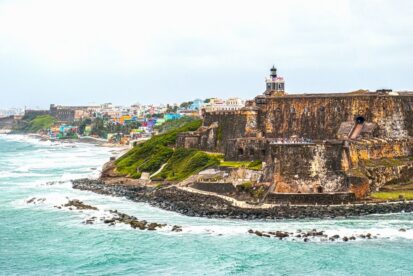


Interested in traveling the world while getting paid? Here at Diversifying Globetrotters LLC, we are partnered with Melanin On The Map and Travel Coach Network to help people across the world find financial, personal, and time freedom. Join the hundreds of others making the change to better themselves while exploring the world and adding money to their pockets.